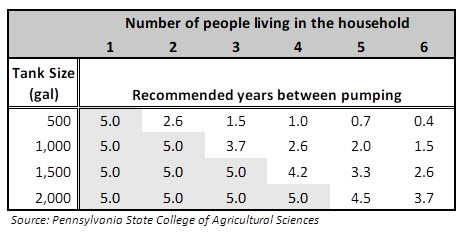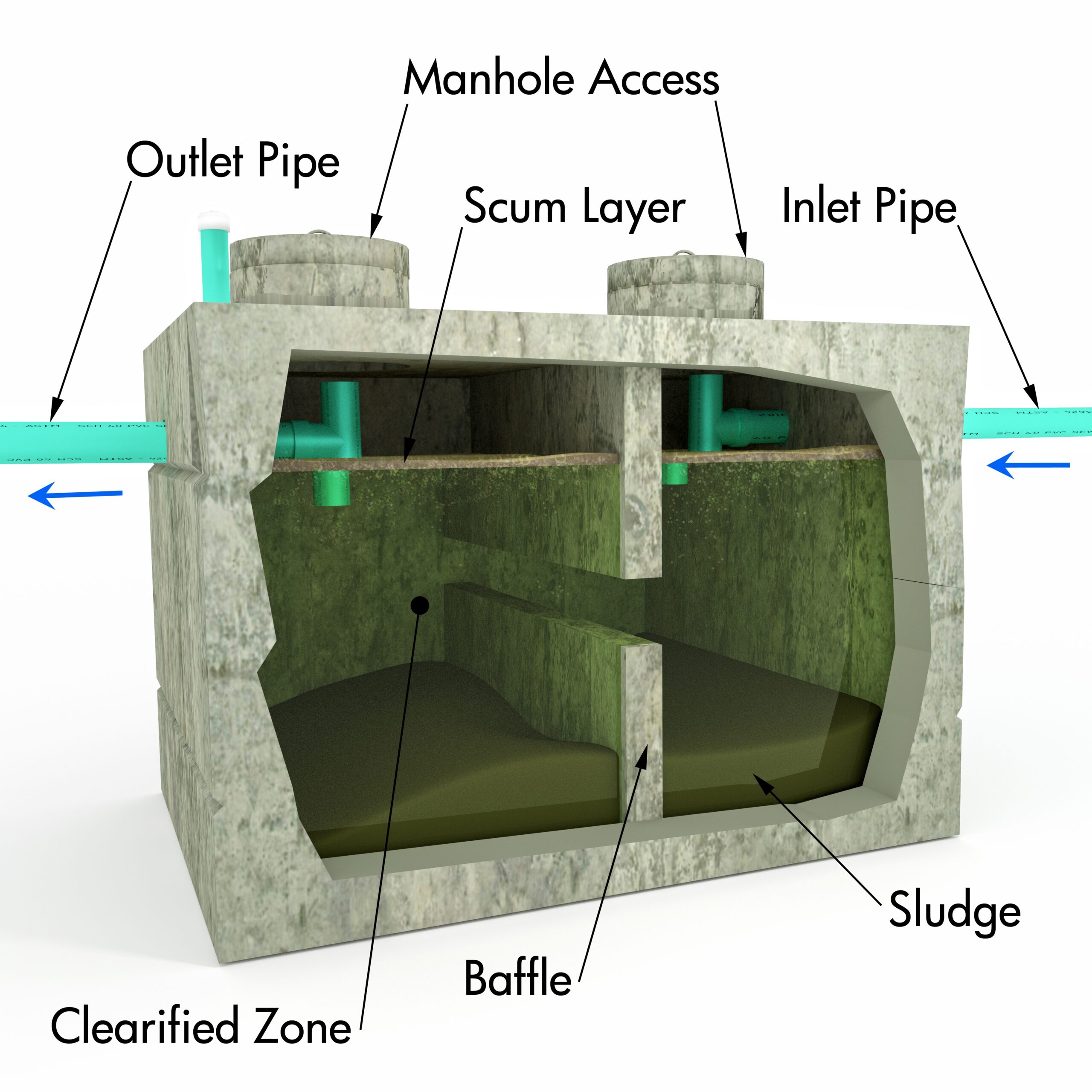A properly functioning septic system is essential for maintaining a healthy and safe home environment. Recognizing the signs of a full septic tank can prevent costly repairs and health hazards. This guide will help you identify these signs and understand when to seek professional assistance.
Understanding Septic Tank Functionality
- Separation of Solids and Liquids: The tank separates solids (sludge) from the wastewater.
- Bacterial Breakdown: Anaerobic bacteria break down organic matter in the sludge.
- Effluent Discharge: The liquid effluent flows into a drain field for further treatment.
Common Signs Your Septic Tank is Full
1. Slow Drains
If sinks, bathtubs, and toilets are draining slowly, it may indicate that your septic tank is nearing capacity.
“Slow drainage is often the first noticeable sign of a full septic tank. It’s essential to address this promptly to avoid backups.” — Dr. Jane Smith, Environmental Engineer
2. Unpleasant Odors
Foul smells around your septic tank or drain field can signal that the tank is full and gases are escaping.
“Odors are a clear indicator that your septic system requires immediate attention.” — Dr. Alan Brown, Waste Management Specialist
3. Sewage Backup
Wastewater backing up into household drains is a severe sign that your septic tank is full.
“Sewage backups pose significant health risks and should be addressed by professionals without delay.” — Dr. Emily Davis, Public Health Expert
4. Lush Green Grass Over Drain Field
An unusually green and lush lawn over your drain field may indicate that your septic system is leaking, possibly due to a full tank.
“Vegetation overgrowth can be a subtle sign of septic system issues, often overlooked by homeowners.” — Dr. Michael Lee, Soil Scientist
5. Standing Water
Pools of water or soggy ground around your septic tank or drain field, especially during dry weather, can suggest that your tank is overflowing.
“Standing water near your septic system is a red flag that should prompt immediate inspection.” — Dr. Laura Green, Environmental Consultant
How to Address a Full Septic Tank
- Reduce water usage to prevent further strain on the system
- Avoid flushing non-biodegradable items
- Schedule a professional inspection and pumping
- Follow a regular pumping schedule (every 3–5 years)
Caution: Attempting to inspect or pump your septic tank without proper equipment and expertise can be hazardous. Always seek professional assistance.
When to Seek Professional Help
- Persistent slow drains despite efforts to unclog
- Recurring unpleasant odors around the property
- Visible sewage backup in household drains
- Unusual plant growth or standing water near the septic system
“Timely intervention by septic professionals can prevent minor issues from escalating into major problems.” — Dr. Robert Thompson, Sanitation Engineer
Conclusion
Being vigilant about the signs of a full septic tank is crucial for the longevity of your septic system and the health of your household. Regular maintenance and prompt attention to warning signs can save you from costly repairs and environmental hazards.





